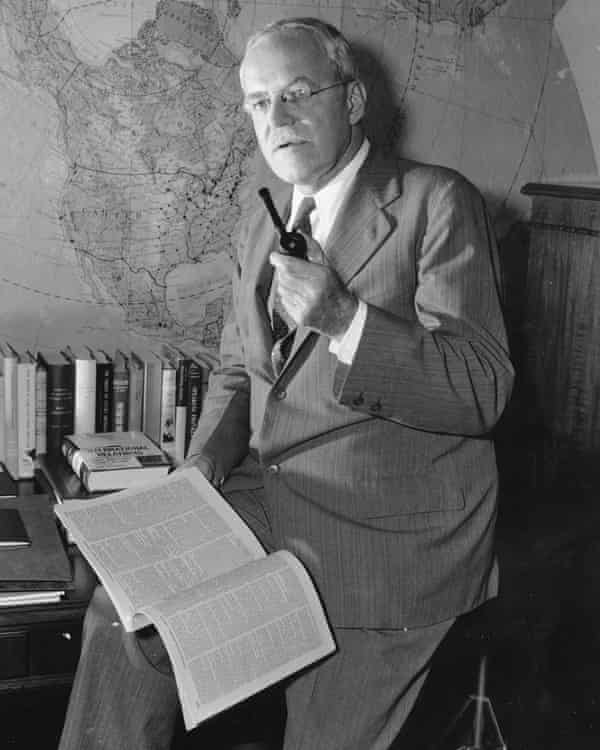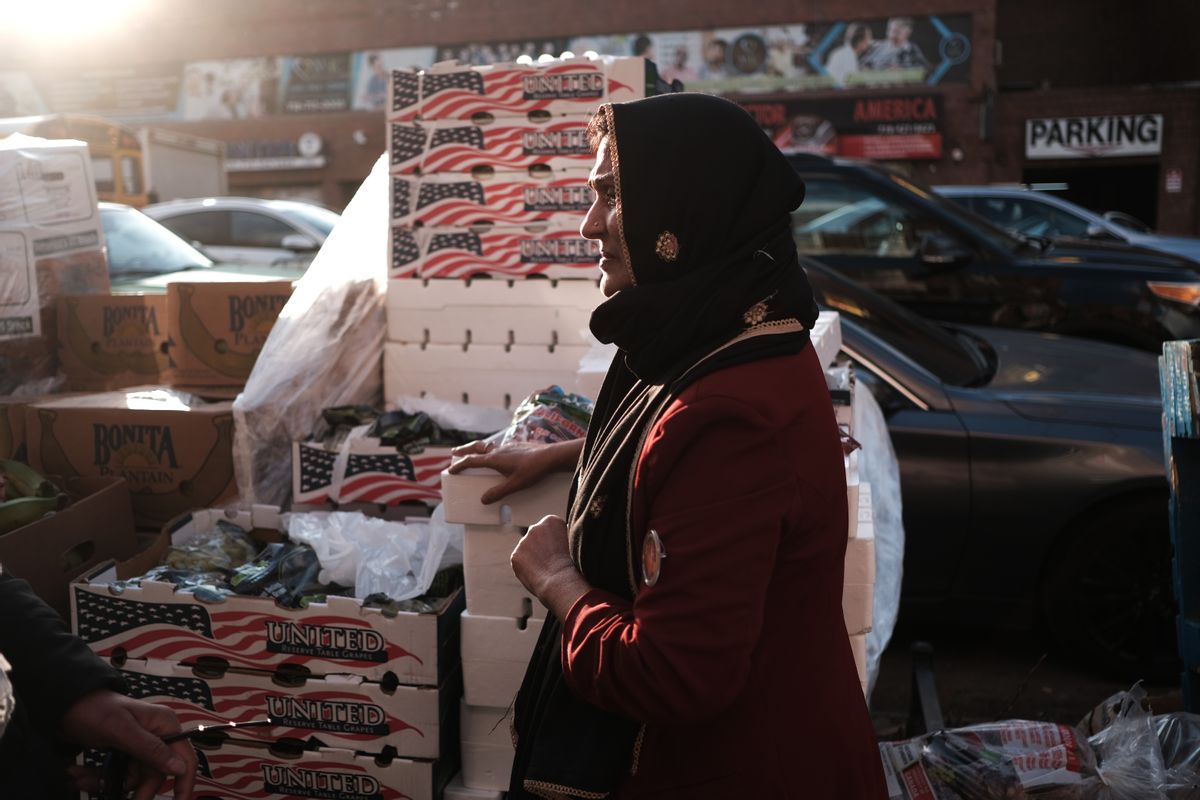 WEALTHY COUNTRIES and pharmaceutical companies have catastrophically failed to ensure equal access to vaccines, leaving billions of people without life-saving medicines, says Amnesty International.
WEALTHY COUNTRIES and pharmaceutical companies have catastrophically failed to ensure equal access to vaccines, leaving billions of people without life-saving medicines, says Amnesty International.
Despite repeated calls from Amnesty and bodies such as the World Health Organisation to ensure at least 40 per cent of people in low- and lower-middle-income countries were vaccinated by the end of 2021, wealthy countries and pharmaceutical companies have repeatedly ignored these pleas.
Last year saw leaders around the world make numerous promises about sharing vaccines, yet time and time again they failed to honour them.
In June 2021, the G7 summit pledged to share one billion doses by the end of the year, although reports suggest this target is yet to be met. In September, US President Joe Biden and EU Commission President Ursula von der Leyen committed to donating an extra 900 million doses to low- and lower-middle income countries by September 2022. While this is a welcome move, poorer countries are in need of vaccines right now.
Pharmaceutical companies have also failed to rise to the challenge. US pharma giant Pfizer has made misleading statements that its “vaccine would be available to every patient, country and community that seeks access”, while it has in fact delivered a large majority of its vaccines to high- and upper-middle-income countries. Its rival, Moderna, was only able to develop its vaccine with the support of US government scientists and huge amounts of financial aid but has also prioritised sales to wealthy countries. Both companies are still delivering less than one per cent of their stock to low-income countries
Moderna and Pfizer– along with other vaccine manufacturers, AstraZeneca and Johnson & Johnson – have also refused to support measures that would temporarily lift intellectual property protections and share vaccine technology with other manufacturers around the world.
Agnès Callamard, Secretary General of Amnesty International, said: “Although the world has produced some 11 billion vaccines doses, only seven per cent of people in low-income countries have received a single dose. Why is it that poorer countries are being denied access to life-saving medicine while rich countries sit on piles of unused stock?
“The emergence of the Omicron variant should serve as a wake-up call to the wealthy states and pharma companies that failed to address the pandemic at a global level.
“Failing to vaccinate everyone – no matter where they are from – leaves the entire global population vulnerable to new variants. The only way to break this vicious cycle is by ensuring everyone has access to vaccines.
“Many low-income countries are now struggling to deal with a deadly new variant while the majority of their populations haven’t even been vaccinated at all.
“Unless drastic action is taken now, Covid-19 will continue to wreak havoc for years to come and the key question now is, what will happen if large parts of the world remain unvaccinated? It has never been clearer that no-one is safe until everyone is safe.”
Through their decisions, vaccine makers have ended up causing or contributing to human rights harms suffered by billions of people lacking access to the Covid-19 vaccine, says Amnesty. All businesses have a responsibility to respect human rights. Above all, this responsibility means that companies should ‘do no harm’. If they discover that they are the cause of human rights abuses, then they must immediately stop their harmful actions and provide a remedy. This is a widely recognised standard of expected business conduct as set out in the UN Guiding Principles on Business and Human Rights and the OECD Guidelines for Multinational Enterprises.
Since 22 September 2021, in line with others such as the WHO, Amnesty’s 100 Day Countdown: 2 billion vaccines now! campaign has been calling on countries and pharmaceutical companies to ensure equal access to Covid-19 vaccines so that at least 40 per cent of people in low- and lower-middle-income countries could be vaccinated by the end of 2021.
Amnesty will soon be releasing a briefing with the latest data, detailing how pharmaceutical companies and countries have very seriously failed to prioritise the needs of low-income countries.
* More information on the 2 billion vaccines now! campaign here.
* Source: Amnesty International











